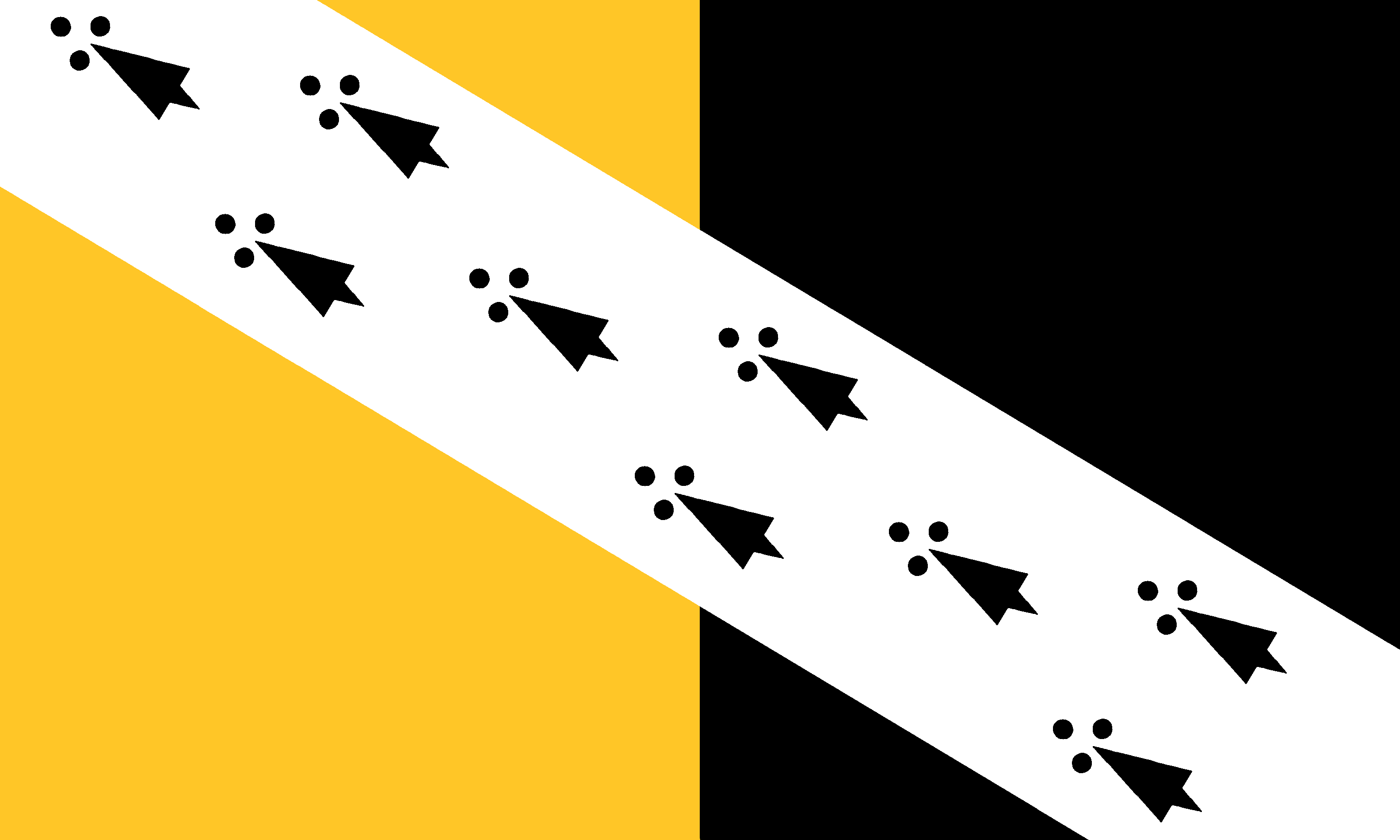Norfolk is a large county in East Anglia, forming the round eastern rump of the land.
The county is famously flat and though it contains a city which was once reckoned the greatest in the kingdom after London, it is mainly rural, and intensely cultivated. It is a popular holiday county too, for the attractions of many sides of the county.
The north-western corner of Norfolk is on the Wash, where once was marshland running many miles inland, now drained, and the edge of the Great Fen. In the south-eastern part of Norfolk is another area of low ground; the Norfolk Broads. The Broads, strictly so called, are the wide lakes linked by rivers, though the name is applied to the whole area. The main rivers of the Broads and of Norfolk as a whole, are the Waveney, which marks the boundary with Suffolk, and the Yare, which runs from Norwich, and the Bure. The whole area is barely feet above sea level, or lower. These rivers, together with the Broads themselves and many smaller rivers and creeks, make up a network throughout western Norfolk, providing about 200 miles of inland waterways. The Broads are popular for boating holidays.
Visitors to Norfolk are charmed by cornfields patterned with cornflowers and poppies, and windmills. There is higher ground in Norfolk too, in particular in the north of the county, from the cliffs overlooking the sea at Hunstanton, to Cromer – Norfolk’s highest point is in these hills. The Breckland district is a contrast to these; a country of open heathland and bracken, now much afforested.
The coast of Norfolk sweeps round in a great arc. At its southern end, eastward facing, is Great Yarmouth, a fishing town still but more a seaside resort. Cromer further north is another resort. On the north coast before the Wash, at Cley-next-the Sea and Blakeney low tide reveals muddy marshes with long creeks reaching far out.
Norwich, the county town is an ancient Cathedral City. Norwich can no longer boast of being England’s second town, but it is the biggest in East Anglia. Norwich is famous for the number of its ancient parish churches. Amongst them the greatest church is the Cathedral, with one of the highest spires and one of the longest naves in the land, not overblown but all in perfect architectural harmony.
County Facts
County Town: Norwich
Main Towns: Blakeney, Cley-Next-The-Sea, Cromer, Downham Market, East Dereham, Great Witchingham, Great Yarmouth, Kings Lynn, Norwich, Swaffham, Thetford, Wells-Next-The-Sea.
Main Rivers: Bure, Yare, Tas, Thet, Waveney, Little Ouse, Wissey, Nat, Ouse, Wensum.
Highlights: Broads; Britannia Pier & Pleasure Beach, Great Yarmouth; Grimes Graves neolithic flint mines; Norwich Castle & Cathedral.
Highest Point: Beacon Hill, 343 feet.
Area: 2,044 sq miles
County Flower: Common Poppy



